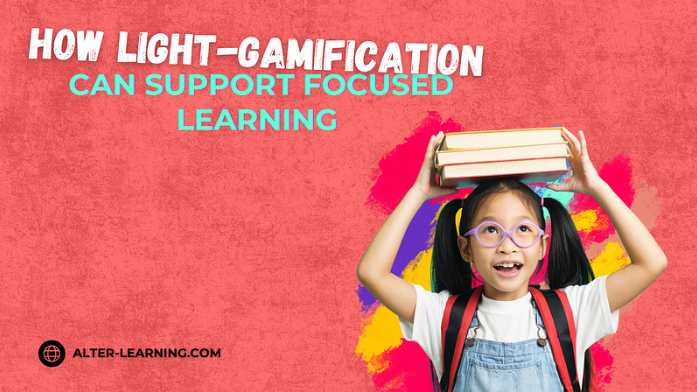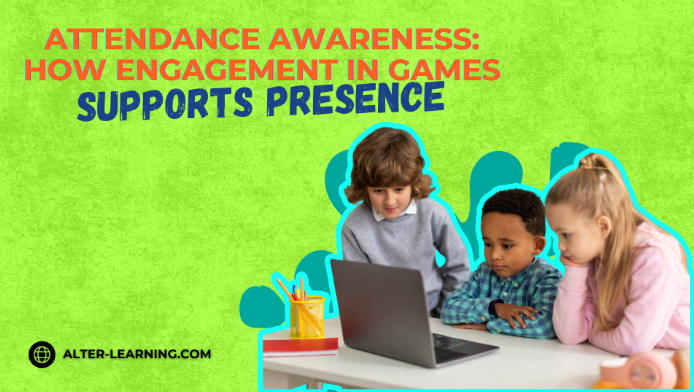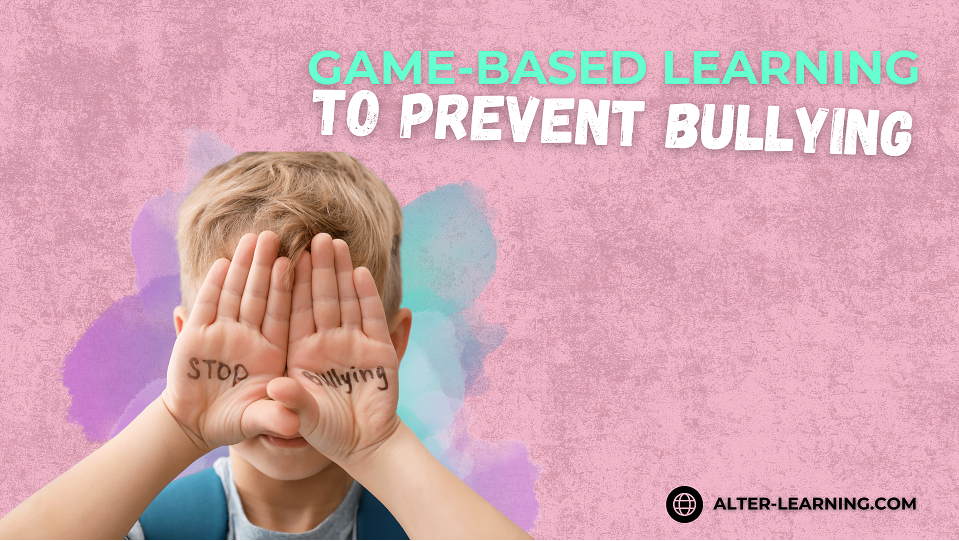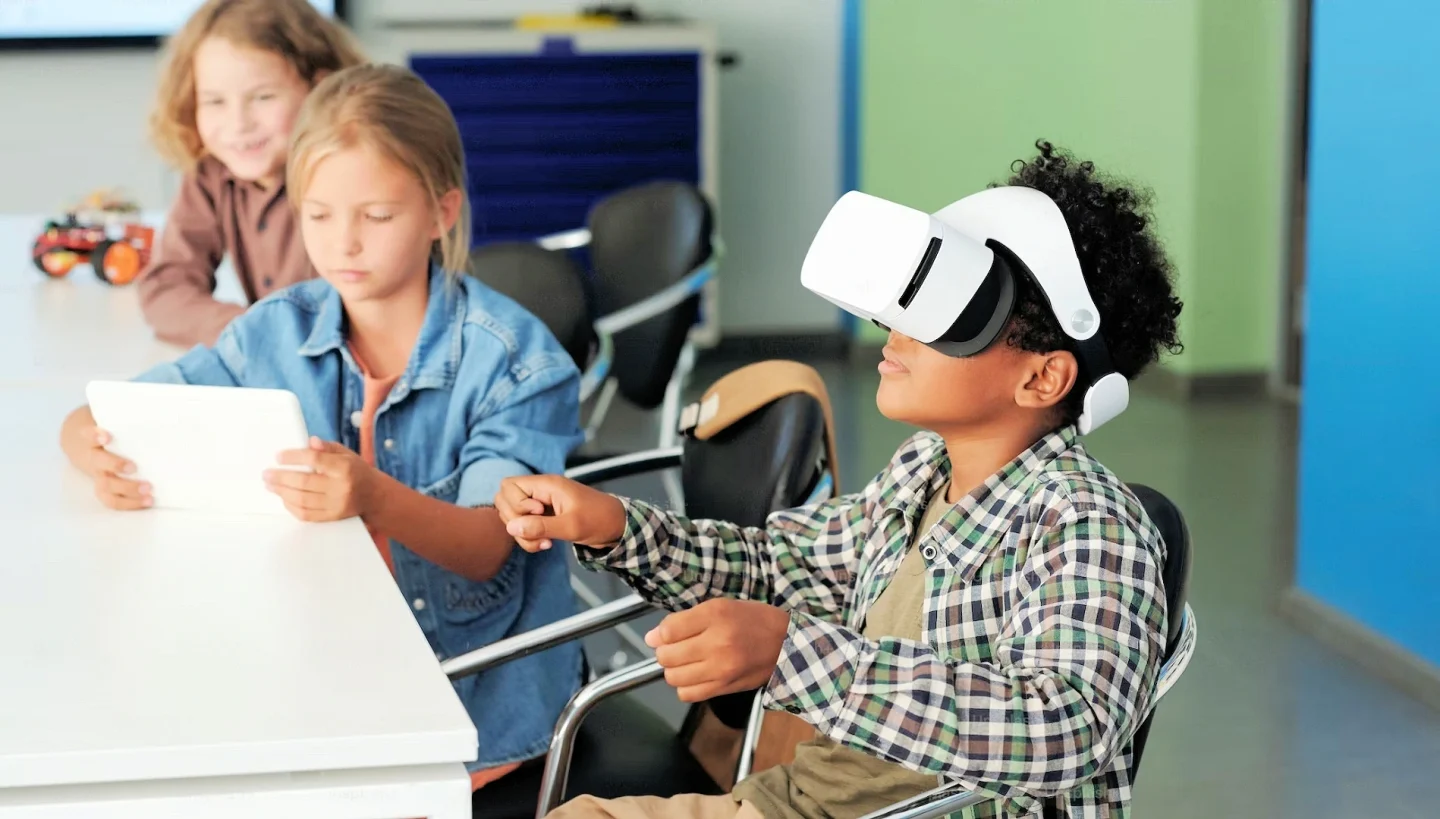In the world of EdTech, engagement is often equated with intensity – bright colors, fast-paced challenges, flashing rewards. But for many students, especially those who are easily overwhelmed or distracted, too much stimulation can become a barrier to learning.
A quieter kind of engagement may be just as powerful. Light-gamified educational tools – designed with simplicity, clarity, and focus in mind -, exactly what Alter-Learning offers, can help students concentrate, think critically, and retain information without sensory overload.
Rethinking Engagement
Engagement isn’t about noise – it’s about presence. Students are truly engaged when they are mentally invested in a task, when the experience holds their attention without demanding it through external flash. Light gamification can offer this kind of cognitive immersion by emphasizing design elements that support focus over flashiness.
These tools often rely on:
- Minimalist interfaces that reduce distraction and visual clutter,
- Sequential progression that helps learners build mastery step-by-step,
- Feedback systems that highlight effort, not just speed or accuracy,
- Calm pacing that allows for thoughtful exploration and problem-solving.
This design approach can support deep concentration and quiet confidence—especially in subjects where students often feel anxious or discouraged.
Supporting Diverse Learners
Not all students learn the same way, and not all students thrive in high-energy environments. Learners with ADHD, sensory sensitivities, anxiety, or executive functioning challenges may prefer tools that are visually simple, predictably structured, and low-pressure.
Light-gamified tools can include features such as:
- Adjustable audio and visual settings,
- Uncluttered dashboards and interfaces,
- Tasks that emphasize logic, planning, and strategy over reflexes,
- Content that can be revisited, repeated, or paused without penalty.
These features make learning more accessible and more sustainable. Rather than creating a race, they allow each student to move at their own rhythm—and succeed on their own terms.
Encouraging Depth Through Simplicity
Simplicity doesn’t mean sacrificing rigor. In fact, light-gamified tools may offer opportunities for deeper learning precisely because they require students to slow down and think.
For example, students may:
- Work through math puzzle games that rely on pattern recognition and stepwise logic,
- Explore interactive physics simulations where they apply principles of motion and force to solve practical challenges,
- Use VR coding tutorials that allow for deliberate problem-solving rather than speed-based tasks,
- Engage with 3D geometry puzzles that reward spatial reasoning and methodical experimentation.
These environments can promote persistence, attention to detail, and strategic thinking—skills that are just as vital as content knowledge.
Creating a Calmer Learning Culture
In many classrooms, students are overstimulated before they even sit down. Between social pressures, test anxiety, and screen fatigue, learners may crave a space that allows them to breathe. Light-gamified learning tools can contribute to a calmer educational climate—one where focus is valued, and students can engage without being constantly pushed.
These tools can also make it easier to integrate screen time into learning in a thoughtful, intentional way.
In a tech landscape where louder often seems better, it’s worth remembering that learning doesn’t have to be loud to be effective. Light-gamification offers an alternative path—one built on clarity, thoughtfulness, and the quiet satisfaction of figuring something out. For students who need more structure and less spectacle, these tools can help bring learning into focus—and help engagement feel less like pressure and more like purpose.
Follow Alter-Learning for more insights into immersive education, edtech success stories, and the future of learning. Want to explore how VR/AR could transform your school or learning platform? Let’s connect.




